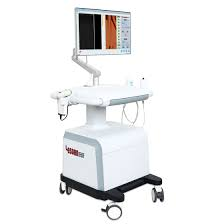What Is The Difference Between Wearable And Implanted Medical Devices?
This article compares the differences between wearable and implanted medical devices and points out the three most important factors to consider when deciding which one is best for your needs.
What are the types of medical devices?
Medical devices come in different shapes and sizes. Some medical devices are wearable, like a wristwatch, while others are implanted, like an insulin pump. Implanted medical devices include pacemakers, cochlear implants, and hearing aids. There are also surgical instruments that are implanted into the body.
Types of Implanted Devices
There are two different types of implants: wearable and implanted. Wearable devices are typically less invasive and include fitness trackers, bracelets, and devices such as glasses with built-in sensors. Implanted devices are devices that are surgically implanted underneath the skin or another organ to be used for medical purposes.
The Difference Between Wearable And Implanted Medical Devices
Wearable medical devices are typically much less expensive to create and are easier to modify, hence more cost-effective. These devices are also more accessible due to their size. Implanted medical devices, however, take a lot of time and money to develop. Additionally, these types of devices offers better durability, longevity, and surgical precision. Wearable medical devices are generally small, wearable, and can be put on the body. Implanted devices are larger and are implanted in the body to provide a more permanent solution.
Conclusion
Wearable medical devices are in use today, and with them, we can monitor our health and manage it. Implanted medical devices are used to maintain or restore health. Wearable medical devices are commonly used for rehabilitation and medical care. Implanted medical devices go into the body to help ensure that a person has continued access to critical organs.




Comments
Post a Comment